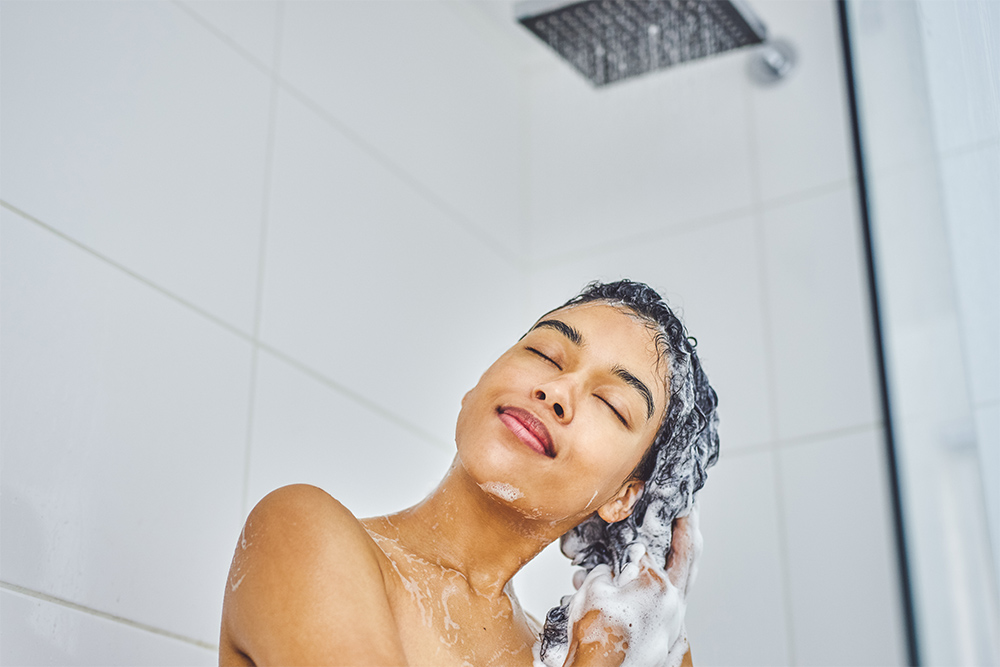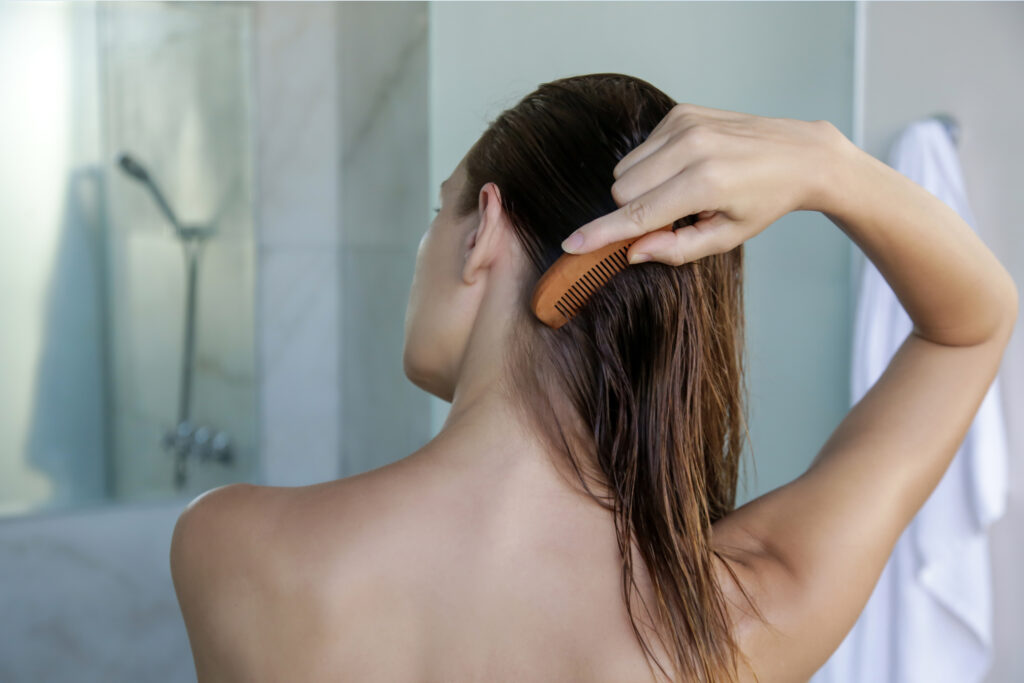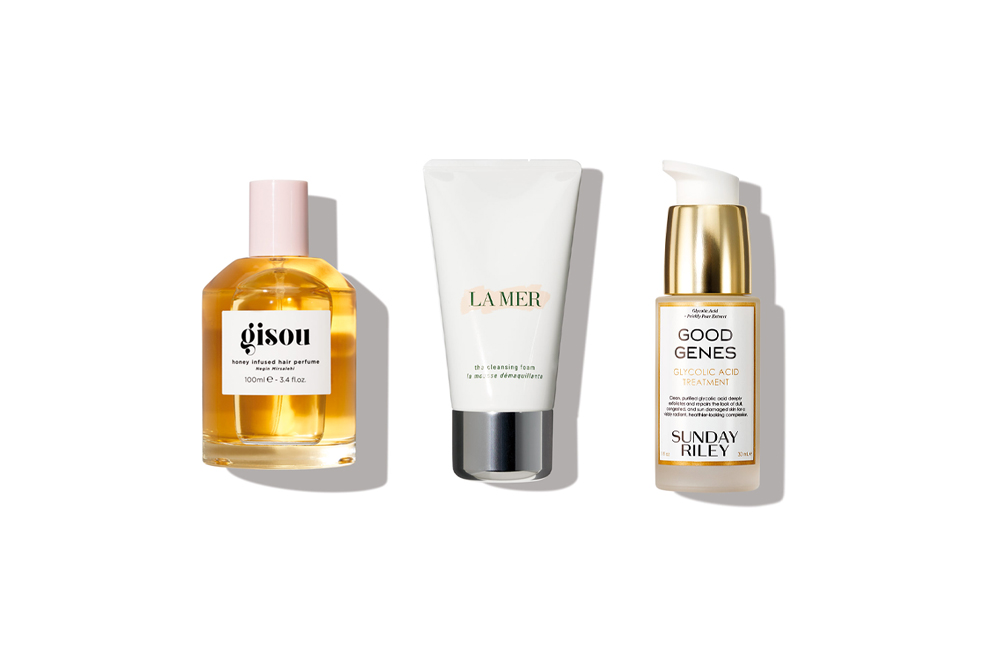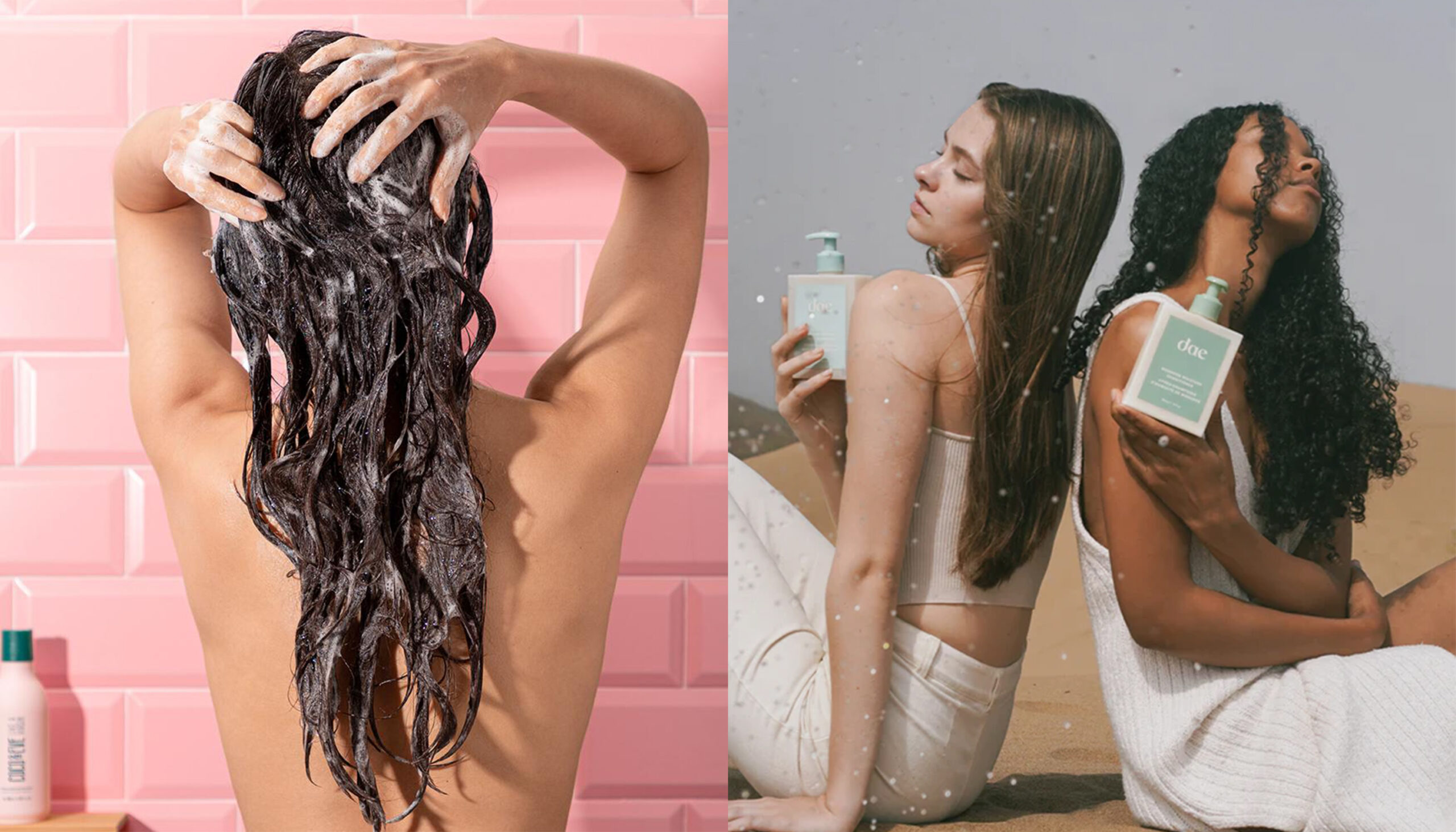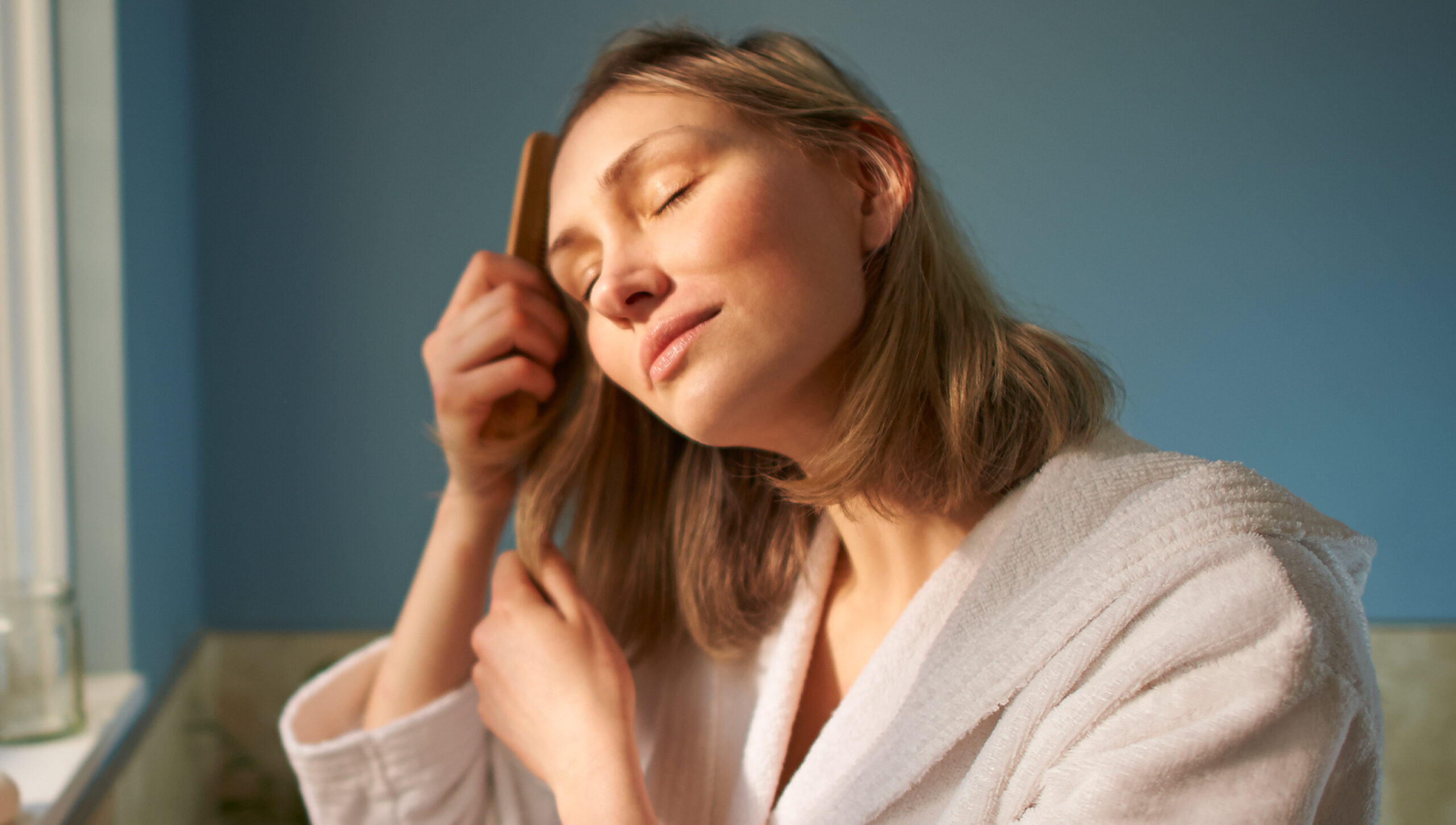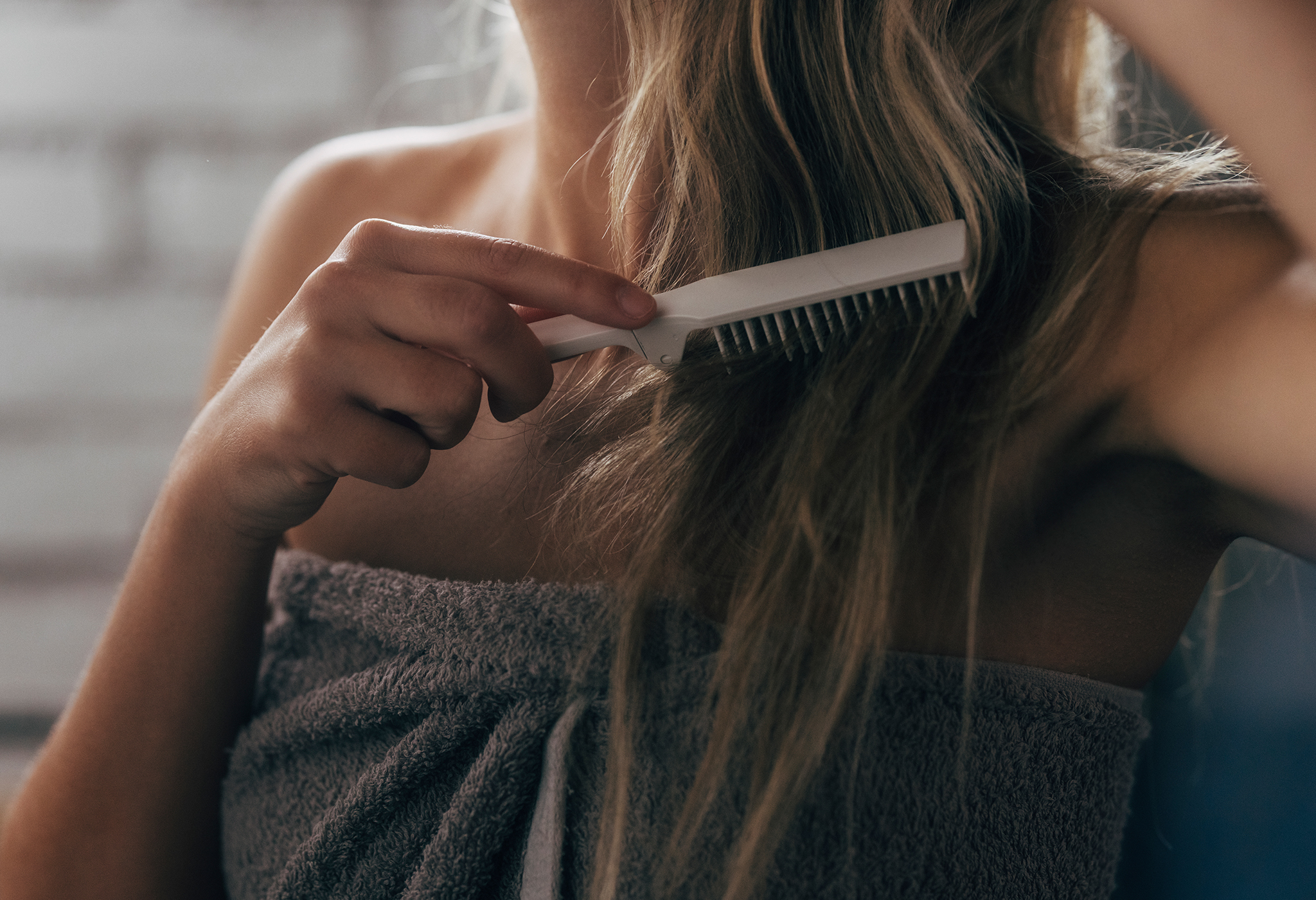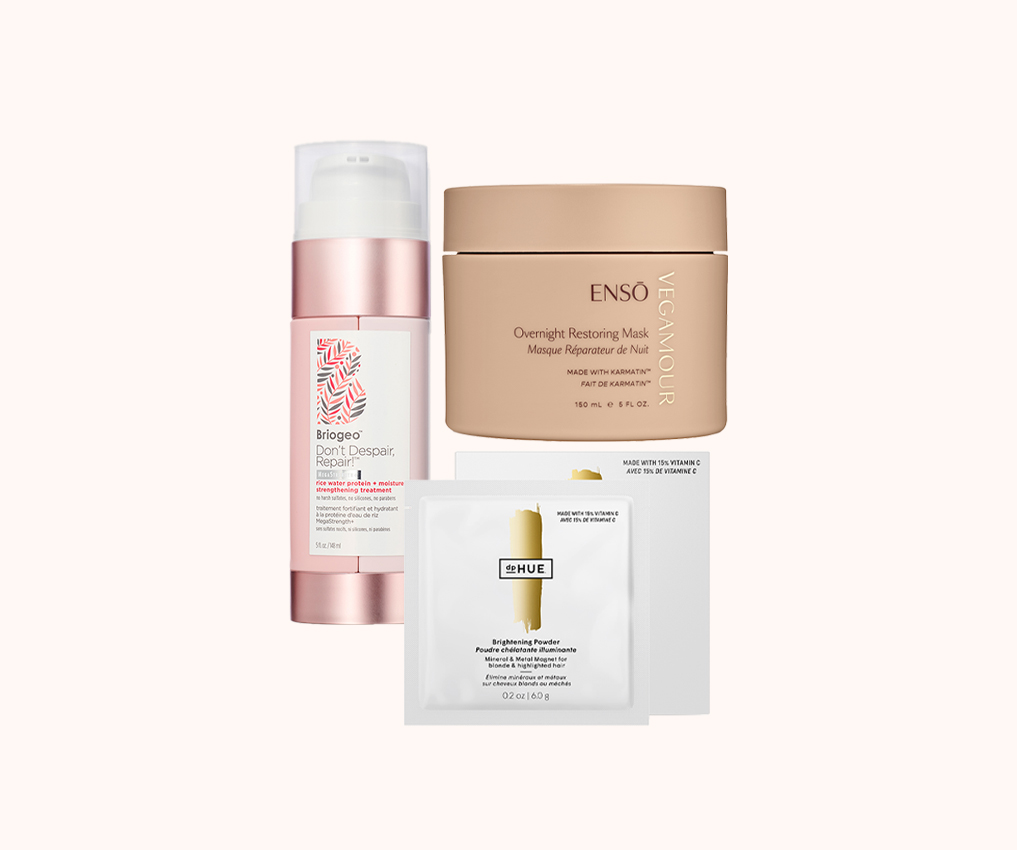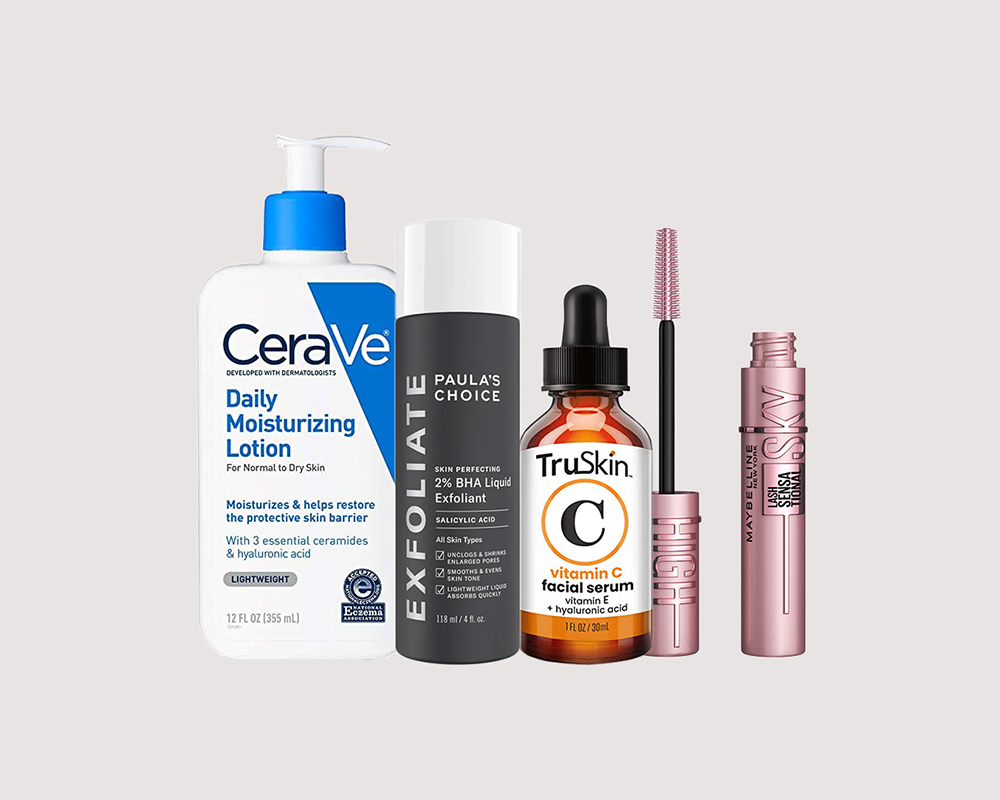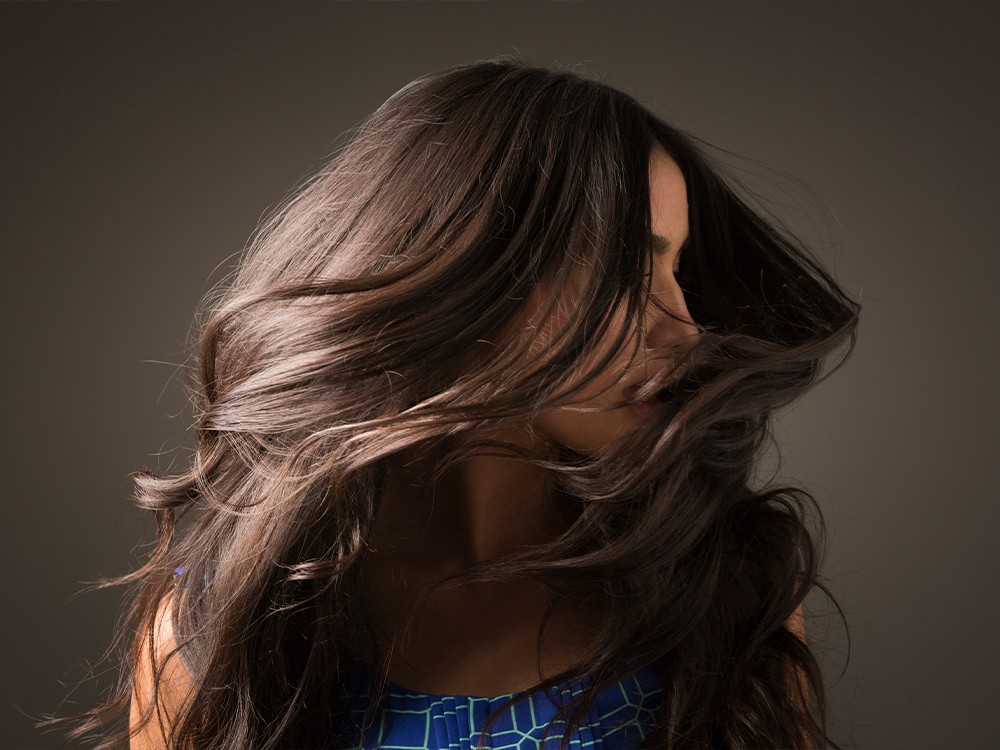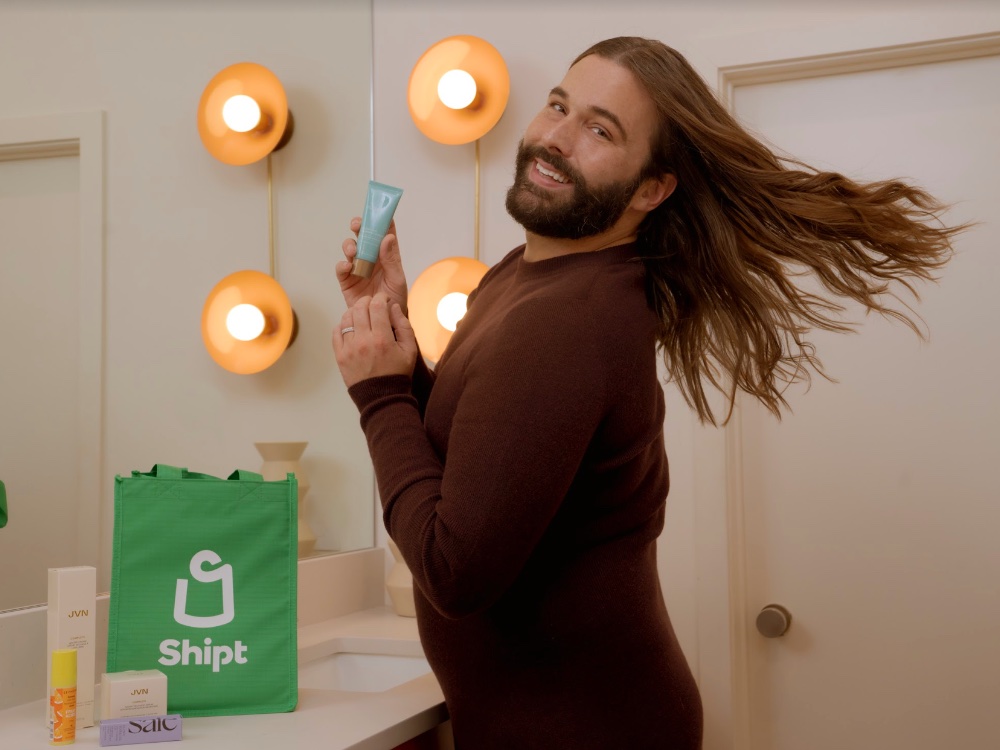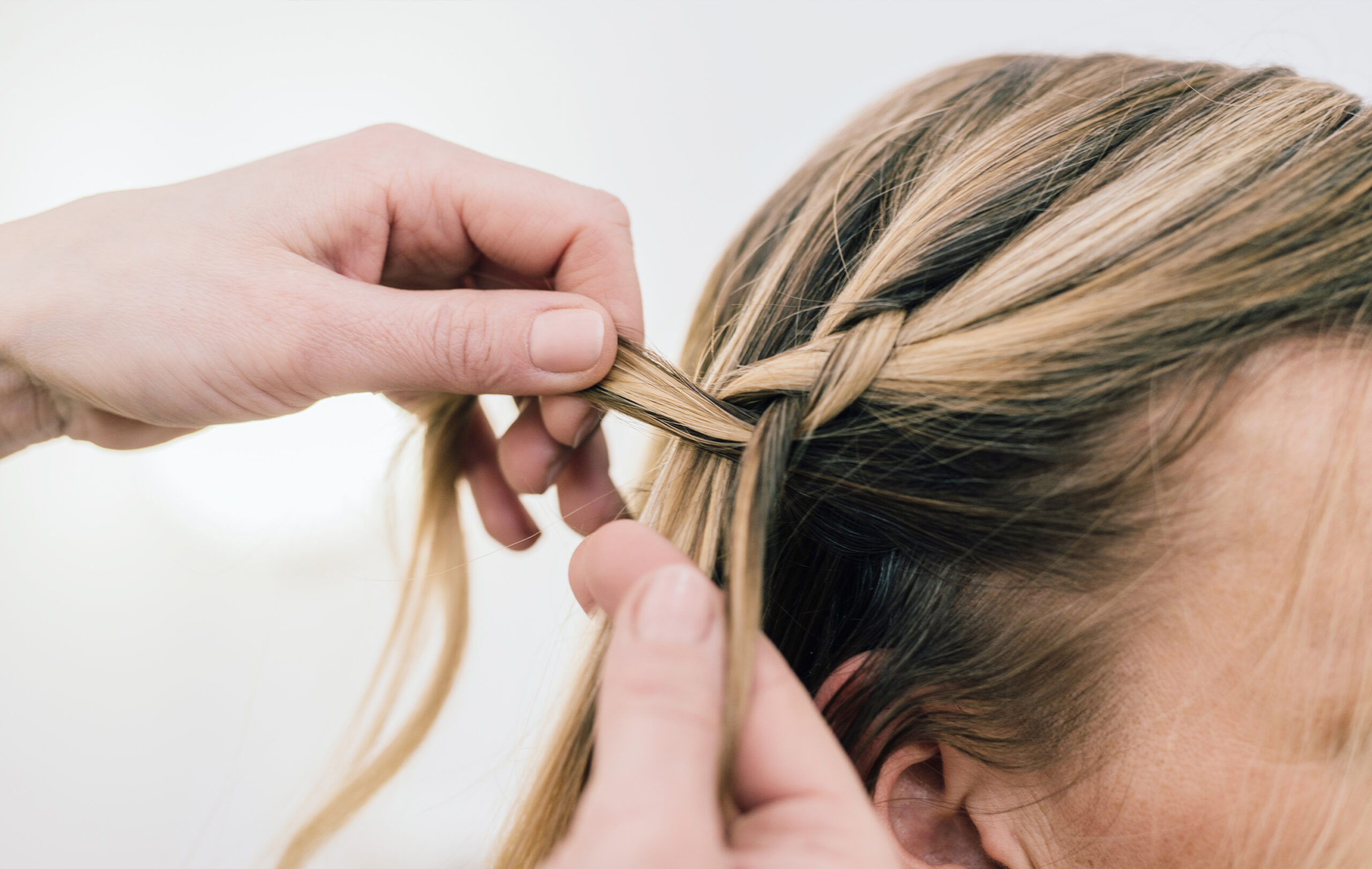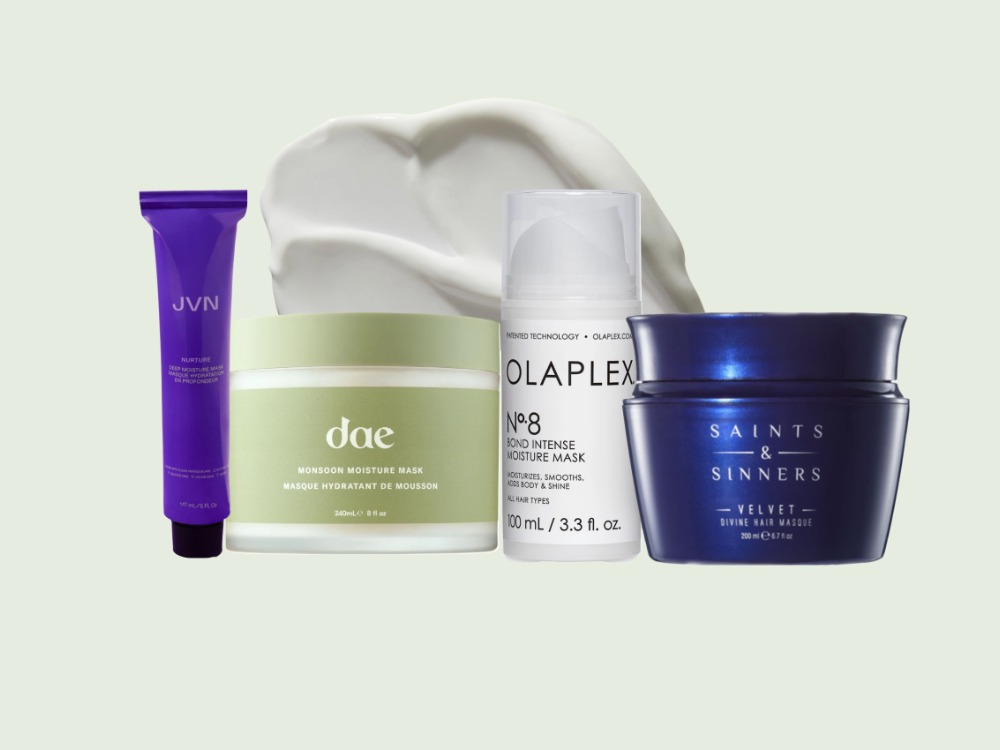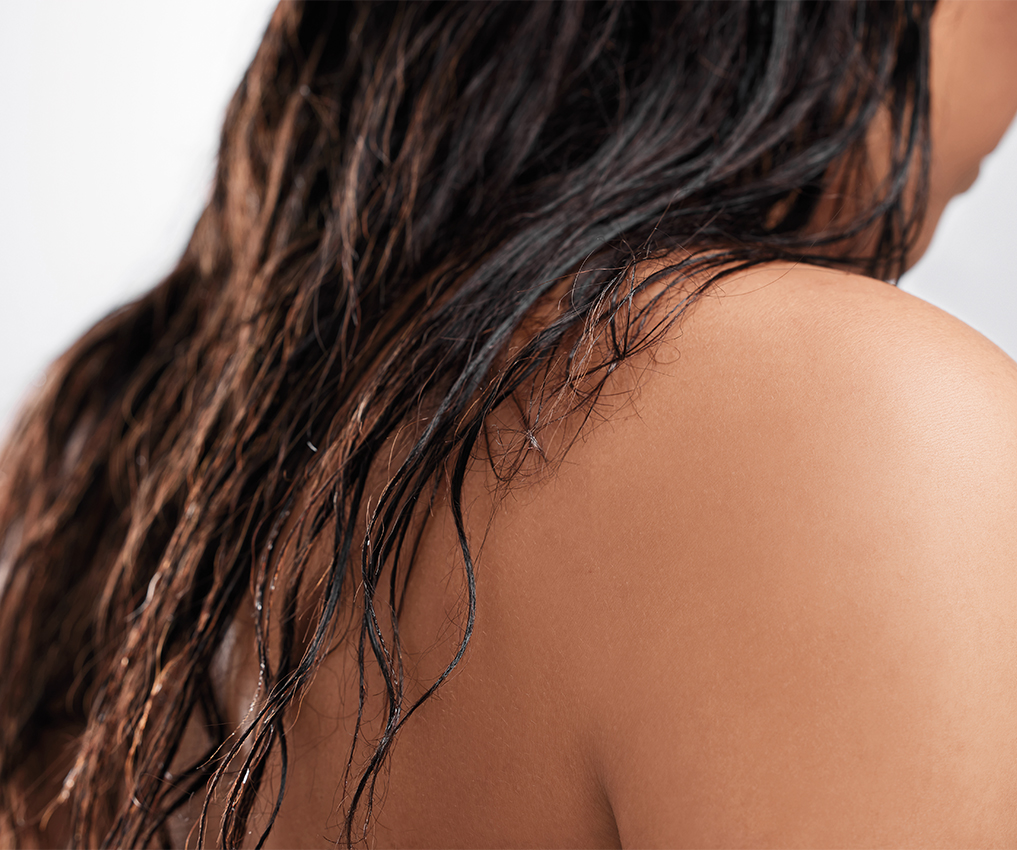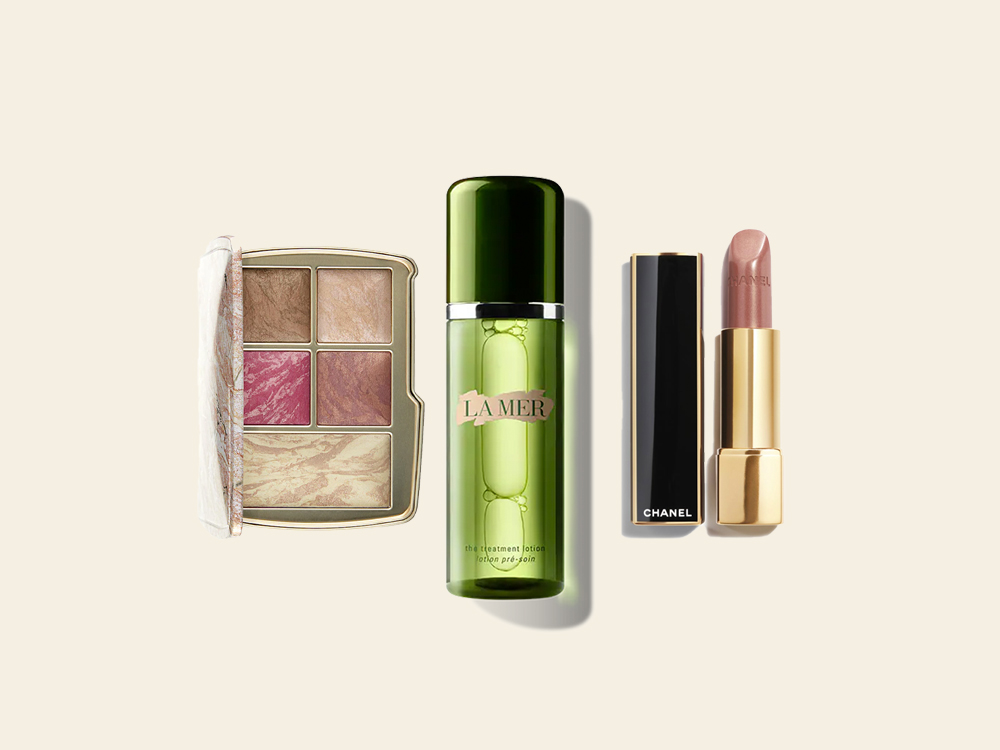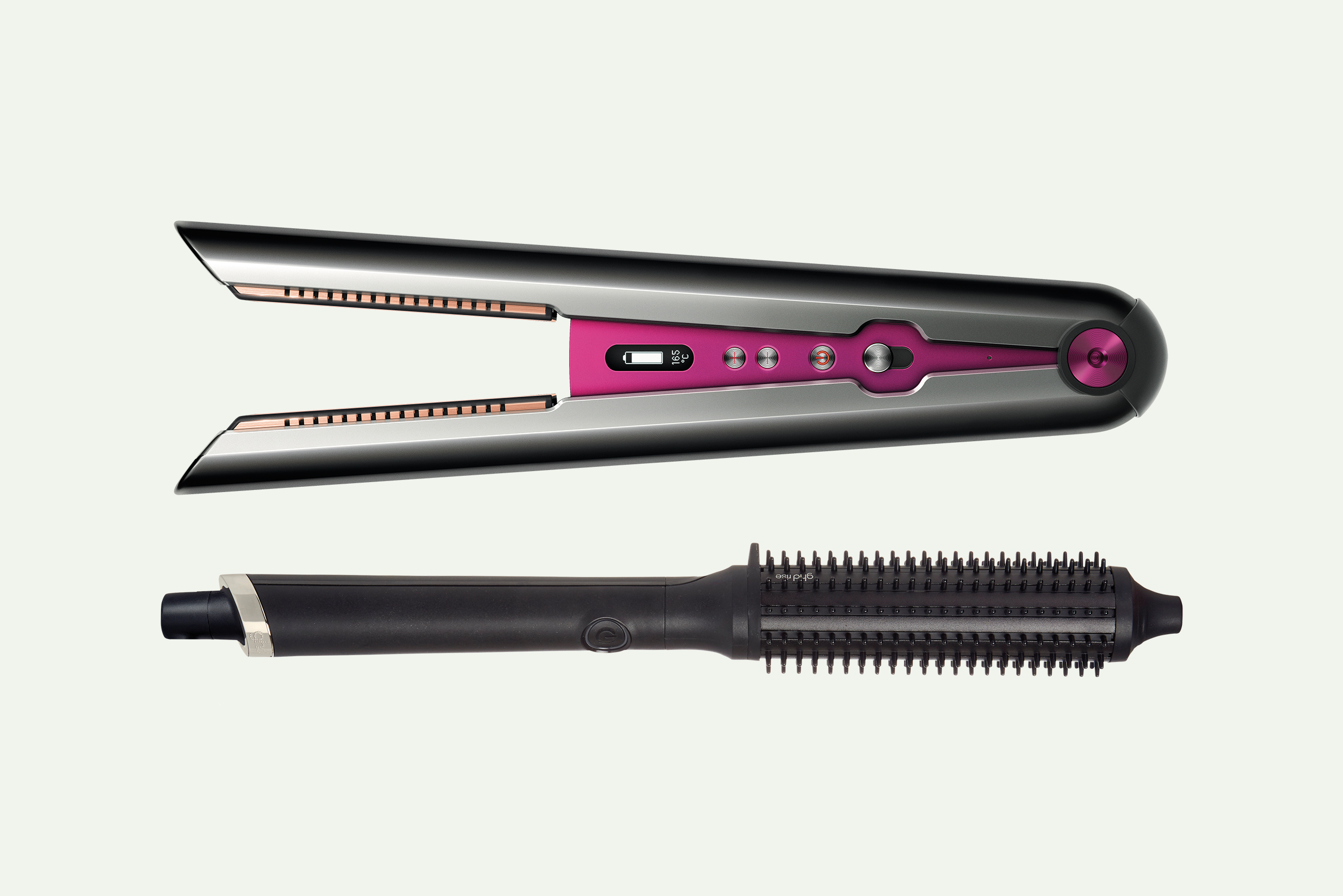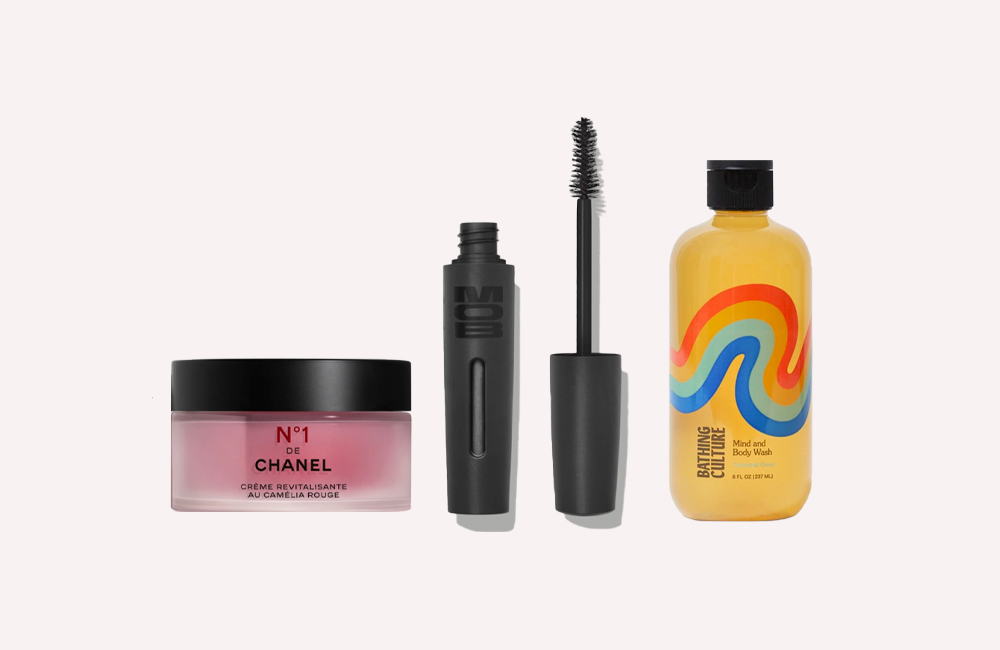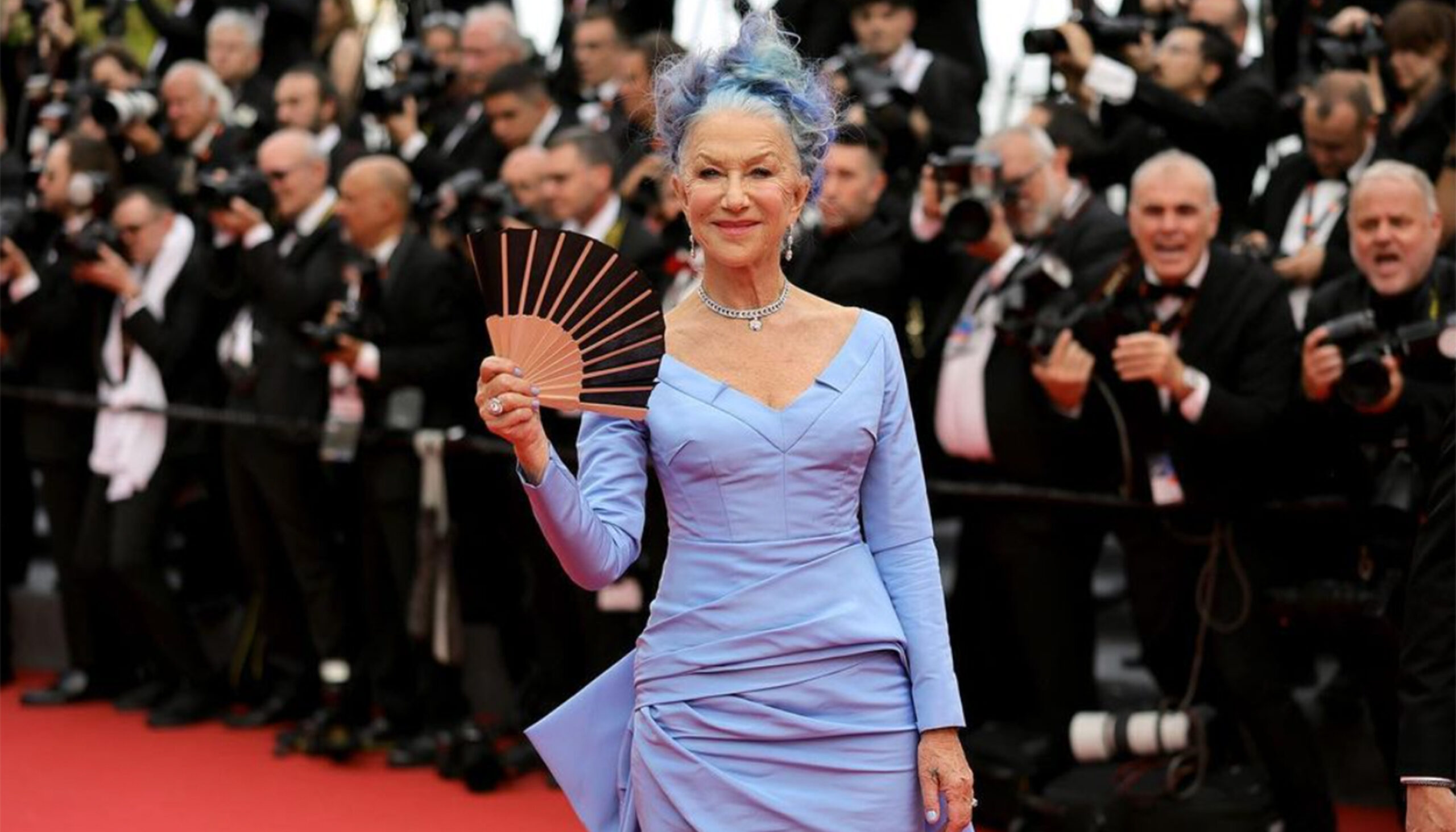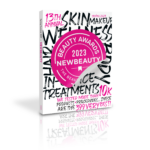Although we’ve been caring for our hair virtually our entire lives, that doesn’t mean we’ve been doing everything right. A panel of experts from Aveda Arts & Sciences Institutes shared the top five hair mistakes they see. We were definitely guilty of at least one. See what habits you should stop ASAP.
Brushing and detangling wrong
Hairstylist Neill Tatum notes that people often damage their hair by brushing and detangling it wrong. “I think it’s just kind of in our human nature to start with the brush at the scalp and pull down to the ends. If you’ve ever done that, and you’ve heard any type of noise or sort of tearing, that is your tangled hair kind of breaking apart in the brush,” says Neill.
He advises refusing the instinct to start with the brush on the scalp. “Start slowly, brush the hair from the ends, working your way back up to the roots, and you’ll find that your tangles brush out much easier,” says Neill. “You won’t hear that noise, and you’ll have far less damage.”
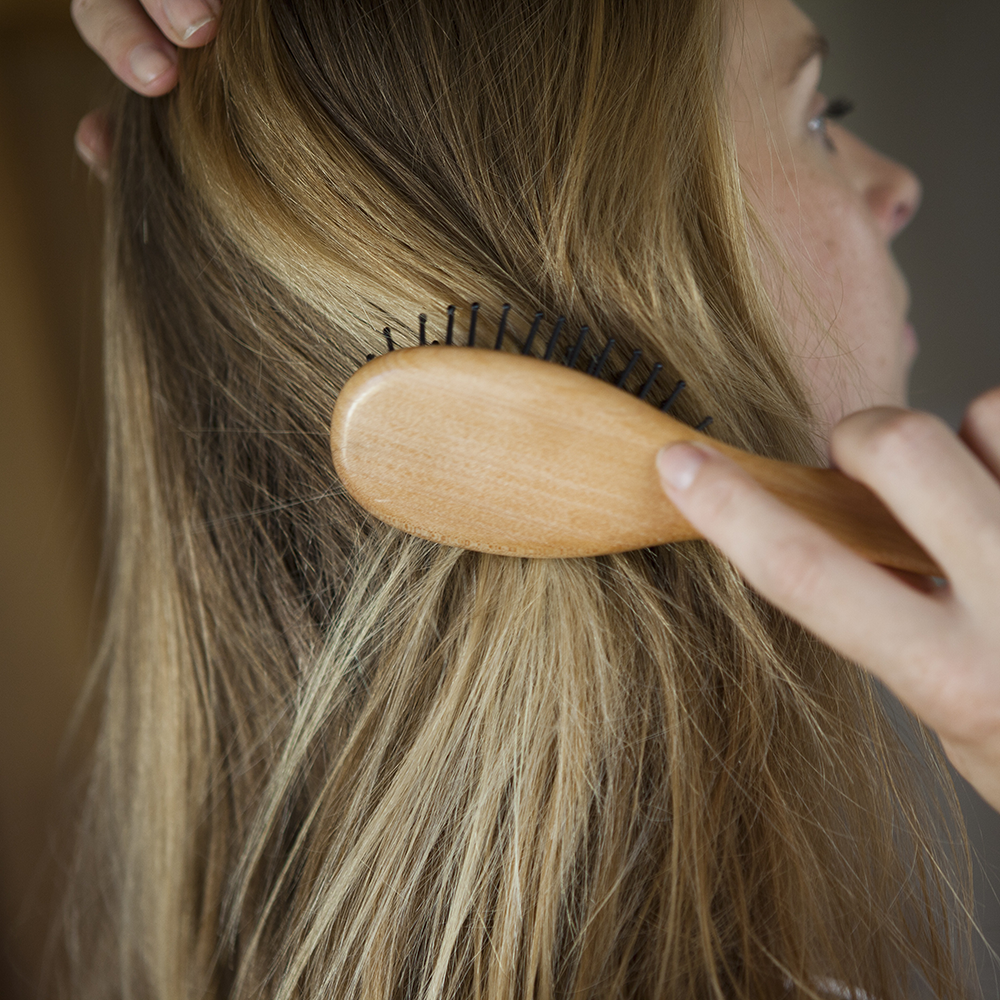
Pulling your hair back too tightly
Many of us are guilty of pulling our hair back too tightly for a slicked-back bun look or even to get similar effects to a ponytail facelift. However, when we pull it back too tightly, there’s excessive tension on the hair and scalp, which is not ideal, says hairstylist Traci Sakosits. To remedy this, she recommends brushing or combing the—dry or partially wet, never soaking wet—hair back with a cushion brush, which skims the surface and doesn’t put too much tension on the scalp while still providing a smooth finish.
Sakosits says how the hair is secured is just as important when it comes to tension on the hair and scalp. She knows hair elastics are often the easiest thing to grab, but she advises against using them. The rubber bands that have a coating, like the more traditional hair elastics, can be damaging. “Pro tip: when we do fashion week or runway shows or photoshoots when we pull hair back, we tend to use wideband elastic,” which helps control the tension.
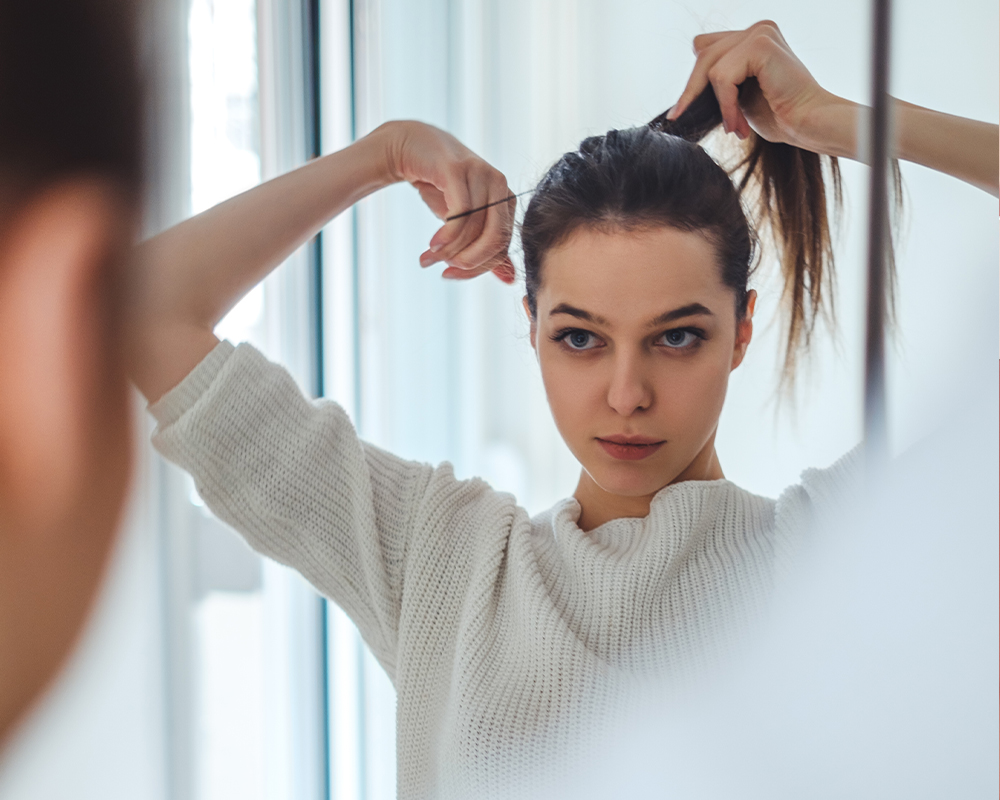
Not exfoliating the scalp enough
Scalp care has recently gotten a lot of attention, and it’s about time. “You want to consider the skin of your scalp like we do the skin on our face. We moisturize, hydrate, exfoliate and your scalp skin should not be any different,” says hairstylist Tukia Allen. She recommends exfoliating the scalp one to two times a week, which helps clear up dandruff and product buildup while helping boost circulation, which promotes healthier hair growth.
“There are a few ways that you can exfoliate the scalp. Sometimes it’s going to be just with your fingertips—your fingers, not your nails,” says Allen. Then there are products like scalp cleansers and exfoliation brushes you can exfoliate with.
[pickup_prop id=”32785″]
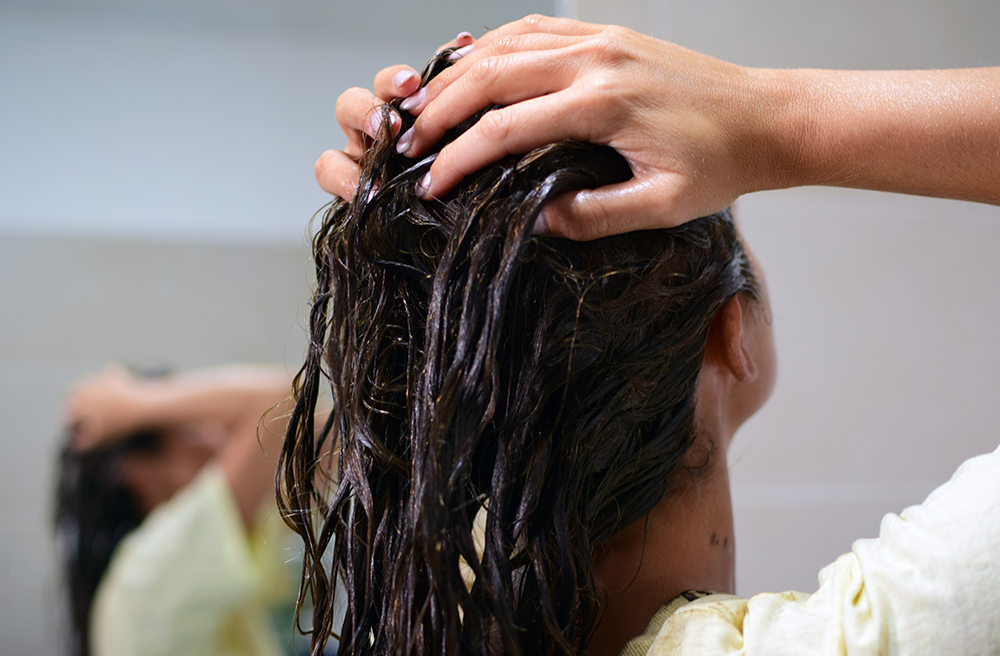
Keeping the temperature too high on hot tools
When we were younger, we were all culprits of turning our hot tools up all the way—but this is majorly damaging. “A lot of professional tools will allow the temperature settings to go above 400 degrees, even to 450 degrees, which might be necessary for some specific chemical texturizing services, but just because it’s pro doesn’t mean it’s necessary for everyday usage,” explains Neill.
“You want to make sure that you keep your hot tools below 400 degrees to ensure that you’re not damaging the hair with heat,” says Neill. He prefers to start at 325 degrees to 350 degrees to see if he can achieve the desired look at that temperature, slowly working his way up as needed. “Honestly, just keeping that 400-degree threshold in your mind and keeping your hot tools below that will help ensure that your hair does not get damaged from heat because once it’s damaged from heat, it’s really hard to recover.”
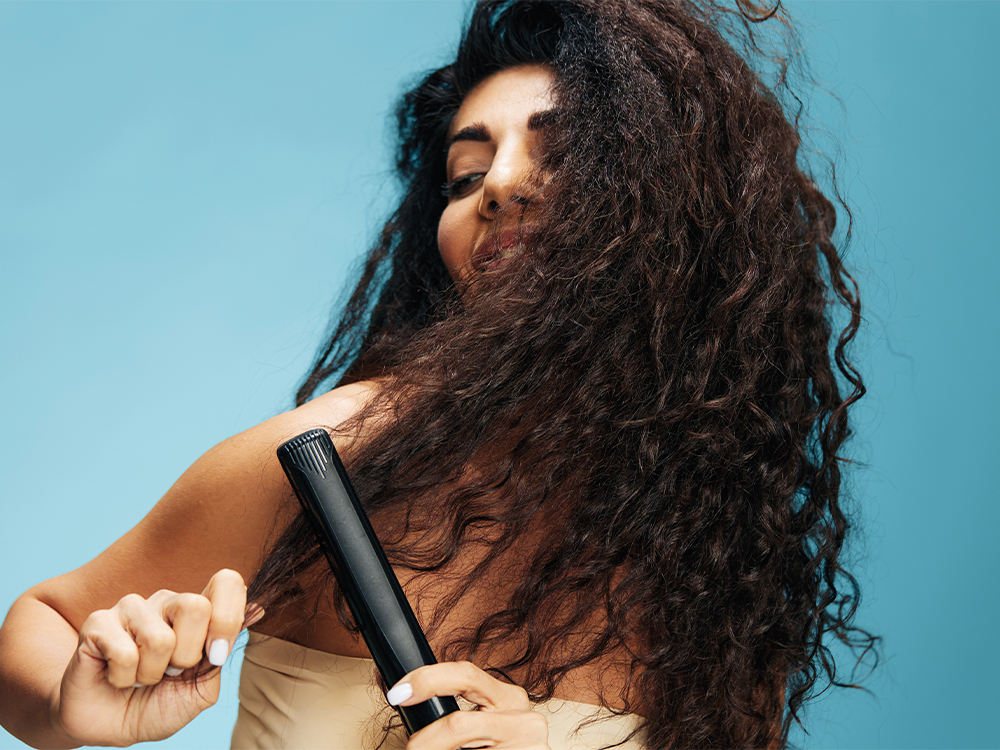
Using the wrong products on damaged hair
Allen says a common mistake she sees is people using the wrong products on their damaged hair. While products with protein are usually the first thing people pick up, Allen says, “moisture needs to be part of that conversation.” She suggests having a conversation with your stylist, who can navigate you to balance the products you need.
